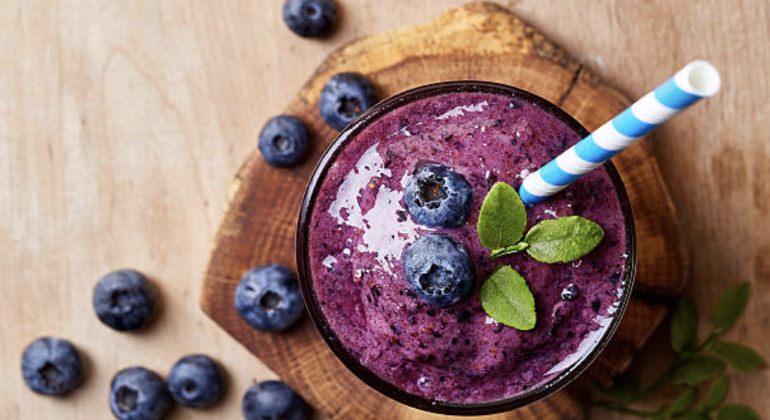Google Images is a way to visually discover information on the Internet. It allows users to quickly explore information with more context around images with features like image captions, prominent badges, and AMP results. Context around images can make search results more useful, leading to higher quality traffic to your site. These are the guidelines that Google suggests in order to increase the likelihood that your content will appear in Google Images search results.
Create a great user experience
By providing a great user experience, you should make pages primarily for users, not for search engines. Here are a few tips:
Provide good context - make sure that your visual content is relevant to the topic of the page.
Optimize placement - whenever possible, place images near relevant text.
Avoid embedding text in images - to ensure maximum accessibility of your content, keep text in HTML, provide alt text for images.
Create device-friendly sites - users search on Google Images more from mobile than on desktop. For this reason, it is important that you design your site for all device types and sizes.
Create good URL structure for your images - Google uses the URL path as well as the file name to help it understand your images.
Page title and description - Google uses a number of different sources to best explain each result and how it relates to the user query.
Add structured data - if you include structured data, Google Images can display your images as rich results, including a prominent badge, which give users relevant information about your page and can drive better targeted traffic to your site.
Here are the first steps if you want to work with structured data:
- Introduction to Structured Data by Google »
- The Beginner's Guide to Structured Data by Moz.com »
- Full Schema.org documentation »
Optimize for speed - images are often the largest contributor to overall page size, which can make pages slow and expensive to load. Make sure to apply the latest image optimization and responsive image techniques to provide a high quality and fast user experience.
Use high quality photos - high-resolution, sharp images are more appealing to users in the result thumbnail and increase the likelihood of getting traffic from users.
Employ descriptive titles, captions, filenames, and text for images - Google extracts information about the subject matter of the image from the content of the page, including captions and image titles. the filename can give Google clues about the subject matter of the image - so, instead of IMG00022.jpg, use something like new-iphone-black.jpg
Use descriptive alt text - Google uses alt text along with computer vision algorithms and the contents of the page to understand the subject matter of the image. When choosing alt text, focus on creating useful, information-rich content that uses keywords appropriately and is in context of the content of the page. Avoid filling alt attributes with keywords, i.e. keyword stuffing.
Use an image sitemap - Image sitemaps can contain URLs from other domains, which allows webmasters to use CDNs (content delivery networks) to host images.
SafeSearch optimization - Group adult-only images in a common URL location and add metadata to adult pages. If your site contains adult images, Google strongly recommends grouping the images separately from other images on your website. For example: http//www.example.com/adult/image.jpg.














